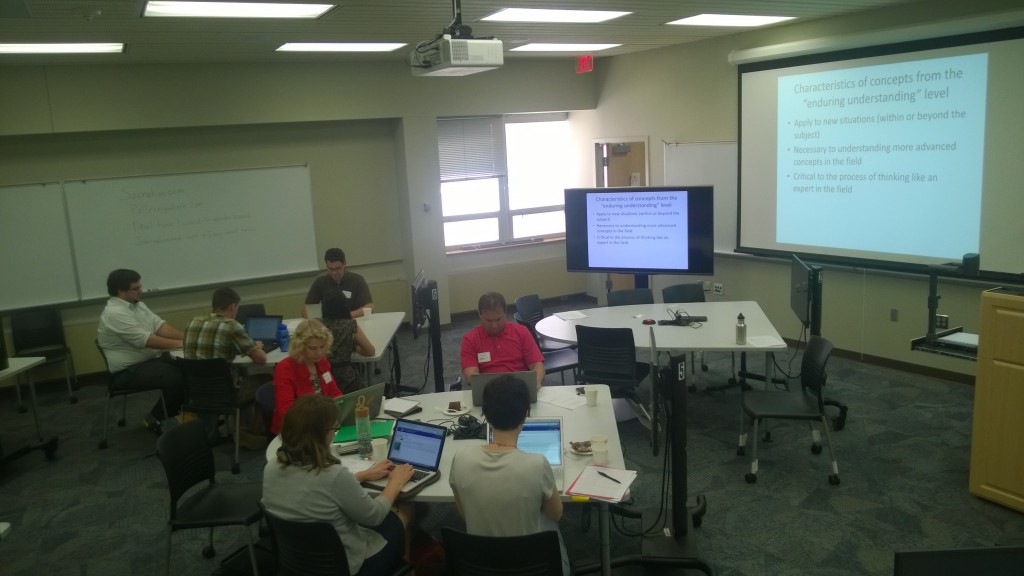From a variety of disciplines, goals of teaching converge
From a variety of disciplines, goals of teaching converge

I’m always surprised at the common themes that emerge when faculty members talk about teaching.

I’m always surprised at the common themes that emerge when faculty members talk about teaching.
Whenever I give workshops about teaching with technology, I try to provide a handout of resources.
This is one I distributed after workshops I led at the Best Practices Institute at CTE last week and at the School of Education. It’s a relatively modest list, but it includes sites for visualizing text; for editing images; for creating maps, charts, infographics; and for combining elements into a multimedia mélange.
Teachers and administrators say they want to see more innovation in teaching but blame each other for creating obstacles to experimentation, The Hechinger Report writes.